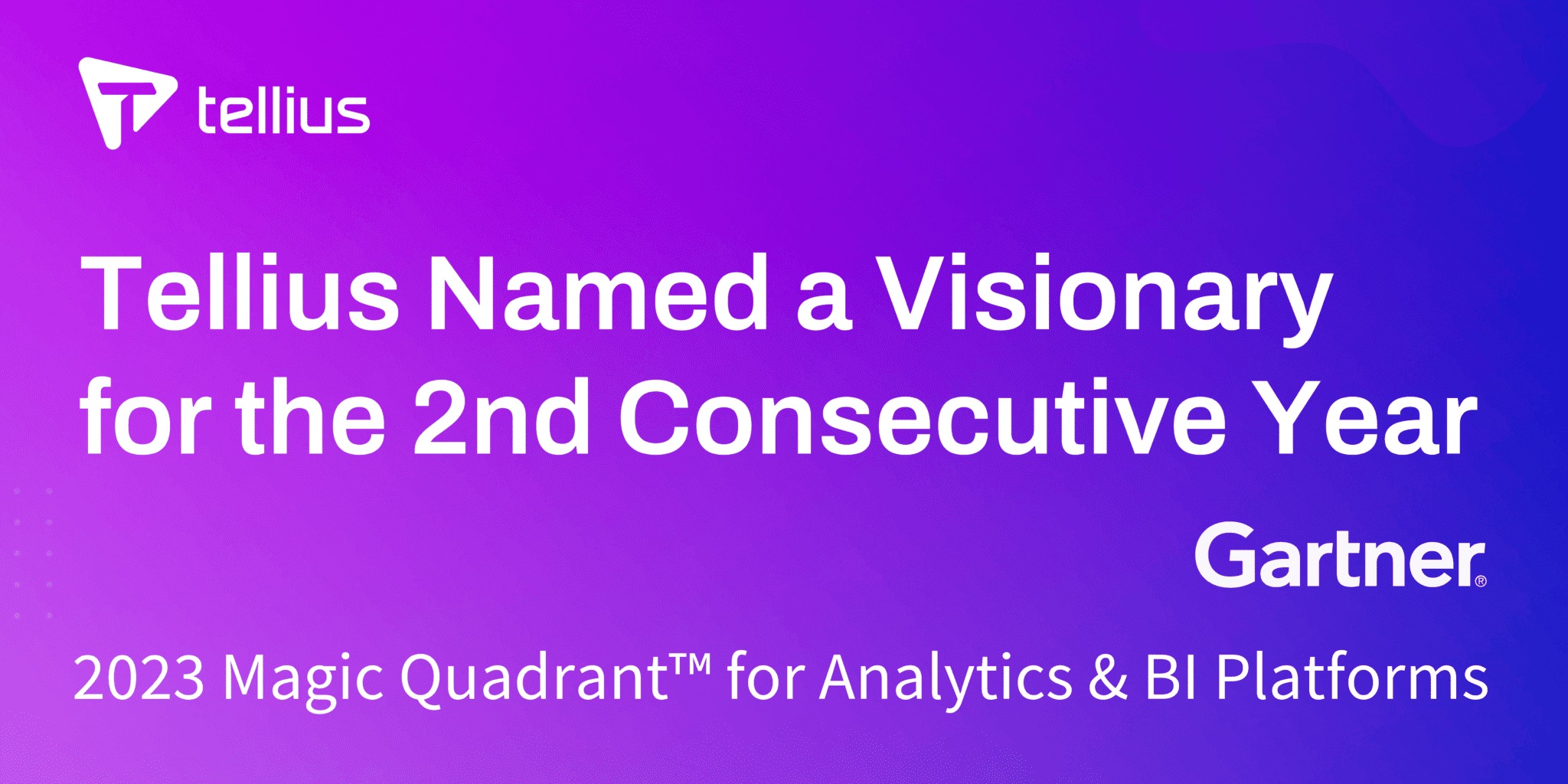Comparing Vendors: How to Interpret Gartner Magic Quadrant Analytics Reports
 Tellius Usa
Tellius Usa
understanding the landscape of available options is crucial. Gartner’s Magic Quadrant for Analytics is a valuable resource that provides an overview of the leading vendors in the analytics space. This report evaluates vendors based on their completeness of vision and ability to execute, helping businesses make informed decisions. Here’s how to interpret Gartner Magic Quadrant analytics reports to effectively compare vendors and choose the best solution for your needs.
1. Understanding the Magic Quadrant Framework
The Gartner Magic Quadrant categorizes vendors into four quadrants: Leaders, Challengers, Visionaries, and Niche Players. Each quadrant provides insights into a vendor’s position relative to their competitors:
Leaders: Vendors in this quadrant demonstrate a strong ability to execute and a comprehensive vision. They are well-established with robust offerings and high customer satisfaction.

Challengers: These vendors perform well in execution but may lack a fully developed vision. They are strong in current capabilities but might not be as innovative.
Visionaries: Visionaries offer innovative solutions and have a strong vision for the future. However, they may not yet execute at the same level as Leaders.
Niche Players: Vendors in this quadrant may focus on specific niches or have limitations in either execution or vision. They are often suitable for specialized needs.
2. Evaluating Vendor Strengths and Weaknesses
Each vendor in the Magic Quadrant is evaluated based on several criteria, including product capabilities, market responsiveness, and overall performance. When interpreting the report, consider the following:
Strengths: Look for vendors that excel in areas critical to your organization’s needs. For instance, if real-time analytics is essential, prioritize vendors that demonstrate strength in this area.
Weaknesses: Understand the limitations of each vendor. A vendor might excel in some aspects but fall short in others, such as scalability or integration capabilities.
3. Assessing Fit for Your Organization
Gartner’s Magic Quadrant reports provide a high-level overview, but the best choice for your organization depends on specific needs and use cases. Consider these factors:
Business Requirements: Align the strengths of vendors with your organization’s requirements. A Leader might be a good fit for large enterprises with complex needs, while a Niche Player might be suitable for smaller, specialized use cases.
Budget: Evaluate how each vendor’s pricing aligns with your budget. Sometimes, a vendor in a lower quadrant might offer cost-effective solutions that meet your requirements without the premium of a Leader.
4. Analyzing Vendor Vision and Strategy
The Magic Quadrant evaluates not just current performance but also future potential. Consider the following:
Innovation: Vendors in the Visionaries quadrant often provide innovative solutions that could be beneficial long-term. Assess how their vision aligns with your future goals and technological advancements.
Strategic Fit: Evaluate how well a vendor’s strategic direction aligns with your organization’s long-term objectives. A vendor with a strong vision and forward-thinking strategy may be more suitable for evolving needs.
5. Reviewing Customer Feedback and Case Studies
Gartner’s report includes insights from customer feedback and real-world case studies. This feedback can offer valuable perspectives on vendor performance, usability, and support.
Customer Satisfaction: Pay attention to customer reviews and satisfaction scores to gauge the experiences of other organizations using the vendor’s solutions.
Case Studies: Review case studies to understand how similar organizations have benefited from the vendor’s analytics tools and how those solutions might address your challenges.
Interpreting Gartner Magic Quadrant analytics reports is essential for making informed decisions when comparing vendors. By understanding the framework, evaluating strengths and weaknesses, assessing fit, analyzing vision and strategy, and reviewing customer feedback, you can select an analytics solution that best meets your organization’s needs. Gartner’s insights provide a solid foundation for vendor comparison, helping you make strategic choices that drive data-driven success.
Subscribe to my newsletter
Read articles from Tellius Usa directly inside your inbox. Subscribe to the newsletter, and don't miss out.
Written by
